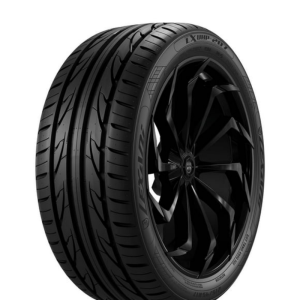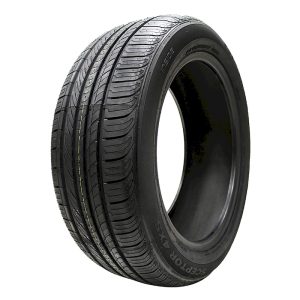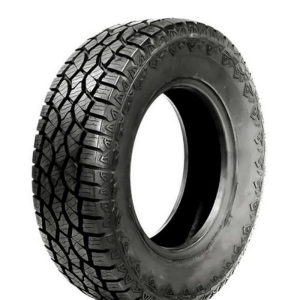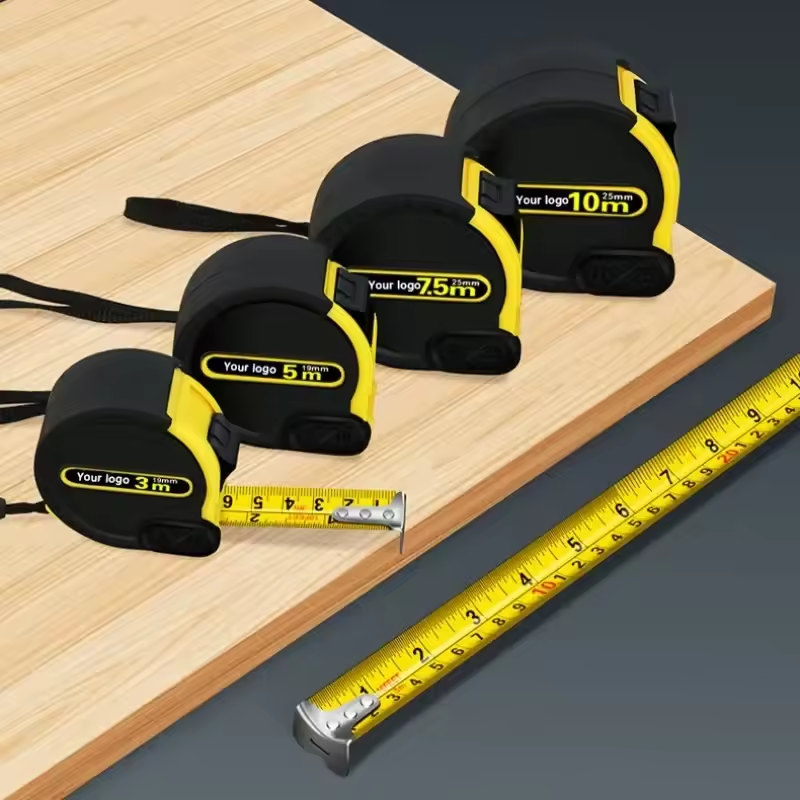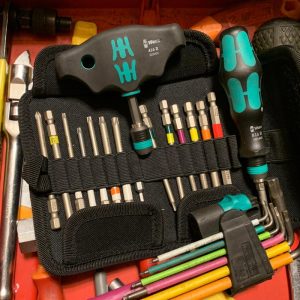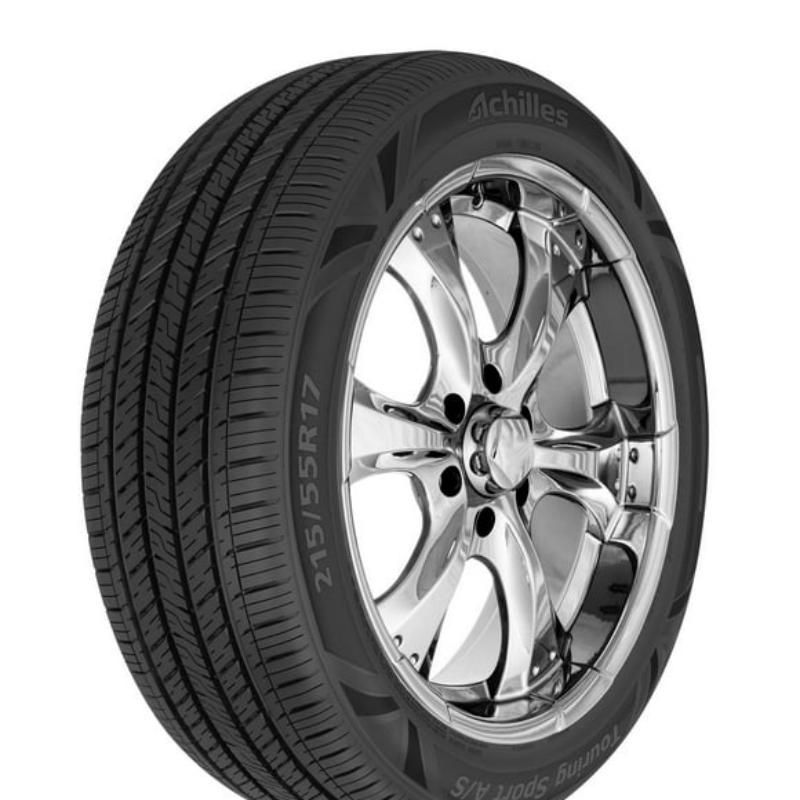
Tires are perhaps one of the most critical components of any vehicle, serving as the only contact point between the car and the road. Yet, they often receive less attention than they deserve when it comes to maintenance. The question arises: how important is tire maintenance for longevity? The answer is multifaceted and involves a deeper understanding of how tires function, the wear and tear they experience, and how simple maintenance practices can extend their lifespan dramatically. Proper tire maintenance not only enhances the longevity of the tires but also contributes to better fuel efficiency, improved safety, and a smoother driving experience. Unfortunately, neglecting tire care can lead to premature wear, reduced performance, and potentially hazardous situations. In this article, we will delve into the significance of tire maintenance for longevity, covering the various aspects of tire care, the impact of environmental conditions, and the long-term benefits of maintaining your tires in optimal condition.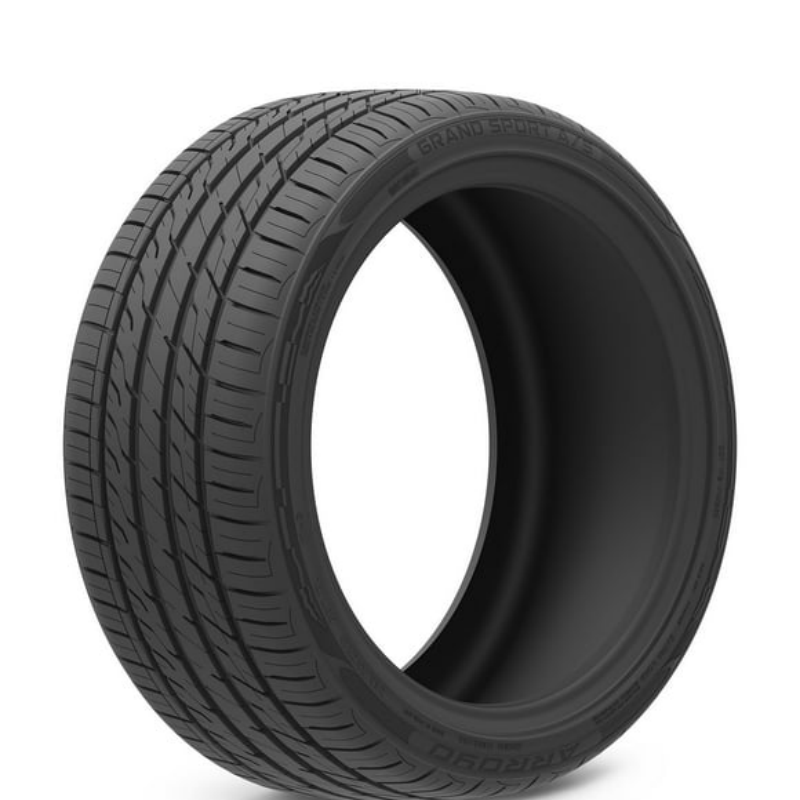
Understanding Tire Wear: The Basics
Before discussing the importance of tire maintenance for longevity, it is essential to understand tire wear and the factors contributing to it. Tire wear refers to the gradual deterioration of a tire’s tread over time due to traction, friction, and the vehicle’s weight. Various elements can influence how quickly your tires wear down:
- Tread Depth: Tread depth is a crucial factor that impacts traction and stopping distance. As tires wear down, they lose their ability to grip the road, which can negatively affect safety.
- Inflation Pressure: Proper tire inflation is necessary for even wear. Over-inflated or under-inflated tires can wear unevenly, leading to premature degradation.
- Driving Habits: Aggressive driving, such as hard braking, acceleration, and sharp turns, can contribute to greater wear on tires. Smooth driving habits can prolong tire life and maintain tread depth.
- Alignment and Suspension: Misalignment of wheels or suspension issues can lead to uneven tire wear. Regularly checking and adjusting alignment can help ensure proper wear patterns.
- Environmental Conditions: Exposure to harsh weather, road debris, and road conditions (like potholes) can accelerate the rate of tire wear. Regularly inspecting tires and adjusting based on conditions can mitigate this impact.
Understanding these basics of tire wear will help underscore why maintaining your tires is crucial for their longevity and performance.
The Role of Tire Maintenance in Longevity
Now that we have established the factors influencing tire wear, it’s time to discuss how important tire maintenance is for longevity. Regular maintenance practices can significantly prolong the life of your tires and ensure they function efficiently. Here are some of the key aspects of tire maintenance that contribute to longevity:
- Regular Inflation Checks: Maintaining the correct tire pressure is fundamental for optimal tire performance. Over-inflated tires can lead to a harsh ride and increased wear at the center of the tread, while under-inflated tires can cause excessive wear on the edges and increase rolling resistance, negatively affecting fuel economy.
- Rotation and Alignment: Rotating your tires regularly helps distribute wear evenly, as tires on different positions of a vehicle wear differently. Aligning your tires can also prevent uneven wear caused by misalignment.
- Tread Inspection: Regularly inspecting the tread depth using a tread depth gauge or the popular penny test can help assess whether tires need replacement. Worn-out tires can compromise safety, especially in wet conditions.
- Balancing Tires: Imbalance in tires can lead to vibrations, excessive wear, and increased fuel consumption. Having your tires balanced during rotations will help maintain longevity.
- Visual Inspections: Regular visual inspections for cracks, bulges, or foreign objects are vital. Addressing minor issues before they escalate can extend your tire’s lifespan significantly.
By committing to these maintenance practices, drivers can ensure that their tires remain in optimal condition, contributing to overall vehicle safety and performance.
Benefits of Proper Tire Maintenance for Longevity
Maintaining your tires has several benefits that affect not only the tires themselves but also the entire vehicle and driving experience. Understanding these benefits highlights why tire maintenance is crucial for longevity:
- Improved Safety: Well-maintained tires provide better traction, handling, and stability. This translates to shorter stopping distances and reduced risk of accidents caused by tire failure.
- Enhanced Performance: Properly maintained tires deliver peak performance. They improve handling, responsiveness, and overall driving comfort, making your ride more enjoyable and safe.
- Better Fuel Efficiency: Tires that are properly inflated and aligned reduce rolling resistance, leading to improved fuel efficiency. This benefit can save you money at the pump over time.
- Cost Savings: Regular tire maintenance helps you avoid premature replacements. A little preventive care goes a long way, offering significant cost savings by reducing the likelihood of buying new tires frequently.
- Environmental Impact: Extended tire life reduces waste and the environmental footprint associated with tire production and disposal. Proper maintenance also ensures efficient fuel use, thus lowering emissions.
Recognizing and embracing these advantages can motivate drivers to prioritize tire maintenance for longevity.
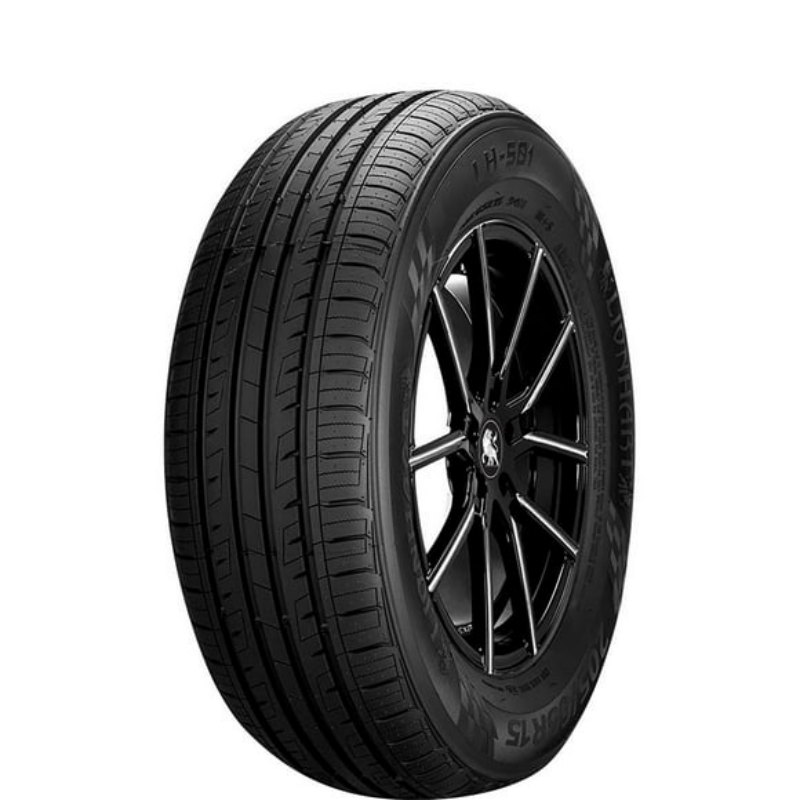
Common Tire Maintenance Practices
In order to achieve the benefits associated with tire maintenance, certain practices should become part of your regular vehicle upkeep routine. Here’s a list of common tire maintenance practices you should consider:
- Check Tire Pressure Regularly: Use a reliable tire pressure gauge to measure tire pressure once a month and before long trips. Inflate your tires to the manufacturer’s recommended pressure levels.
- Rotate Tires: Rotate your tires every 5,000 to 8,000 miles (or as recommended by your vehicle’s manufacturer). This ensures even wear and prolongs the life of each tire.
- Inspect Tread Depth: Regularly check the tread depth of your tires. If the tread appears worn to 2/32 of an inch or less, it’s time to replace them. Using the penny test can help—that is, inserting a penny into the tread with Lincoln’s head facing down; if you can see the top of his head, the tread is too worn.
- Alignment Checks: Have your wheels aligned at least once a year or whenever you notice irregular tire wear or feel your vehicle pulling to one side.
- Check for Damage: Regularly inspect your tires for visible signs of damage, such as bulges, cracks, or embedded objects. Addressing these issues early can prevent more significant problems later.
- Balance Tires: Get your tires balanced whenever you rotate them or notice vibrations while driving. Balancing can significantly reduce wear and improve handling.
Incorporating these practices into your routine can help you maintain your tires and enhance their longevity effectively.
The Impact of Environmental Factors on Tire Longevity
Environmental conditions play a significant role in influencing tire longevity. Drivers should be aware of how their local climate, road conditions, and handling can affect tire wear and performance:
- Temperature Changes: Extreme temperatures can affect tire pressure and flexibility. In colder conditions, tire pressure tends to decrease, while in hot climates, increased pressure can occur. Monitoring tire pressure regularly during seasonal changes is essential.
- Road Conditions: Roads that are rough, full of potholes, or covered in debris can contribute to premature tire wear. Consider avoiding these areas when possible or adapting your driving style to mitigate damage.
- Weather Exposure: Prolonged exposure to UV rays, rain, and snow can degrade tire materials. Shields, covers, or parking in shaded areas can help protect tires when not in use, especially in harsh climates.
- Driving Style: Aggressive driving, such as hard acceleration, sharp turns, and sudden braking, can lead to increased tire wear. Adopting a smoother driving style can help preserve tire integrity over time.
Understanding the impact of these environmental factors is critical for maintaining tire longevity and adapting preventive measures accordingly.
Signs Your Tires Need Attention
Recognizing when your tires require attention is another key aspect of maintaining longevity. Being vigilant and addressing issues promptly can save money in the long run. Here are several signs that your tires may need attention:
- Uneven Wear Patterns: If you notice irregular wear on your tires, it could indicate alignment or balance issues. Examine the tread closely for signs of unevenness; if found, seek professional help.
- Vibration or Noise: Consistent vibrations while driving or noticeable noises can indicate imbalanced tires or other underlying issues that require attention.
- Loss of Traction: If your vehicle begins to slip or slide during inclement weather, it could mean your tires are losing their grip due to wear. Replace the tires if they show significant tread loss.
- Visible Damage: Look for cracks, bulges, or punctures on your tires. If you find any of these signs and they appear significant, it’s best to consult a professional.
- Low Tire Pressure Warning Light: If your vehicle dashboard displays a low tire pressure warning light, check your tire pressure immediately. Address any issues promptly.
Staying attuned to these signs ensures you can take constructive action, preserving the life of your tires and enhancing your overall driving safety.
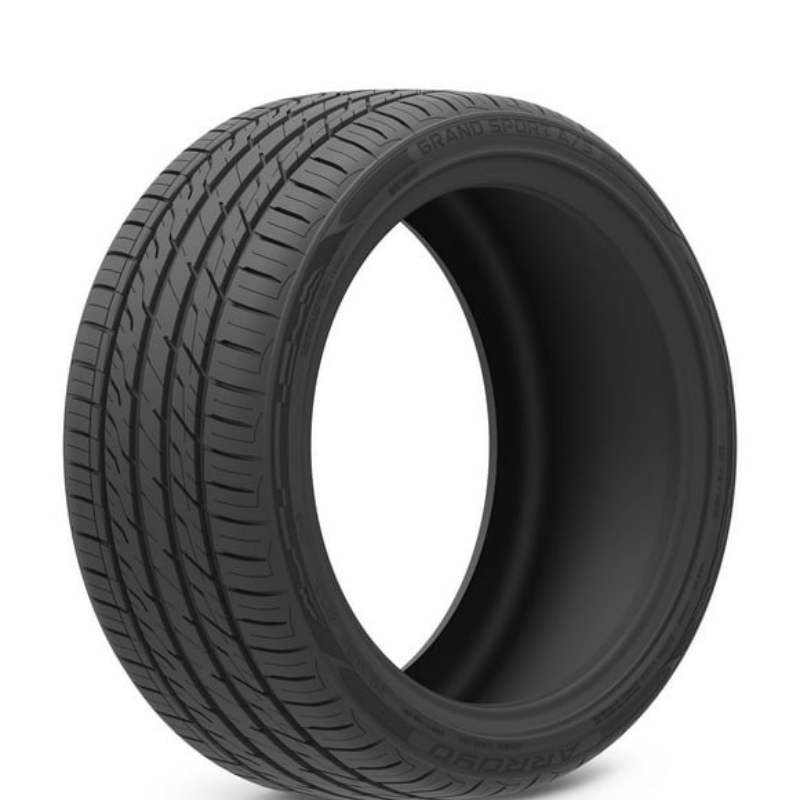
Conclusion
In conclusion, understanding how important tire maintenance is for longevity cannot be overstated for anyone who values safety, performance, and cost-effectiveness. Recognizing the benefits of regular inspection, proper tire pressure, rotation, and timely repair will enhance the durability of your tires and improve your driving experience overall.
By taking proactive measures and incorporating tire maintenance practices into your regular vehicle care routine, you gear up for safer travel, economic benefits, and enhanced peace of mind. A well-maintained set of tires ensures you’re prepared to navigate various road conditions, ultimately keeping you, your passengers, and other road users safe.
Prioritizing tire maintenance helps your tires stay in top shape longer, allowing you to travel with confidence and enjoy a smoother ride. With the knowledge gained in this article, you can now fully appreciate the significance of tire care and take control of your vehicle’s performance.
